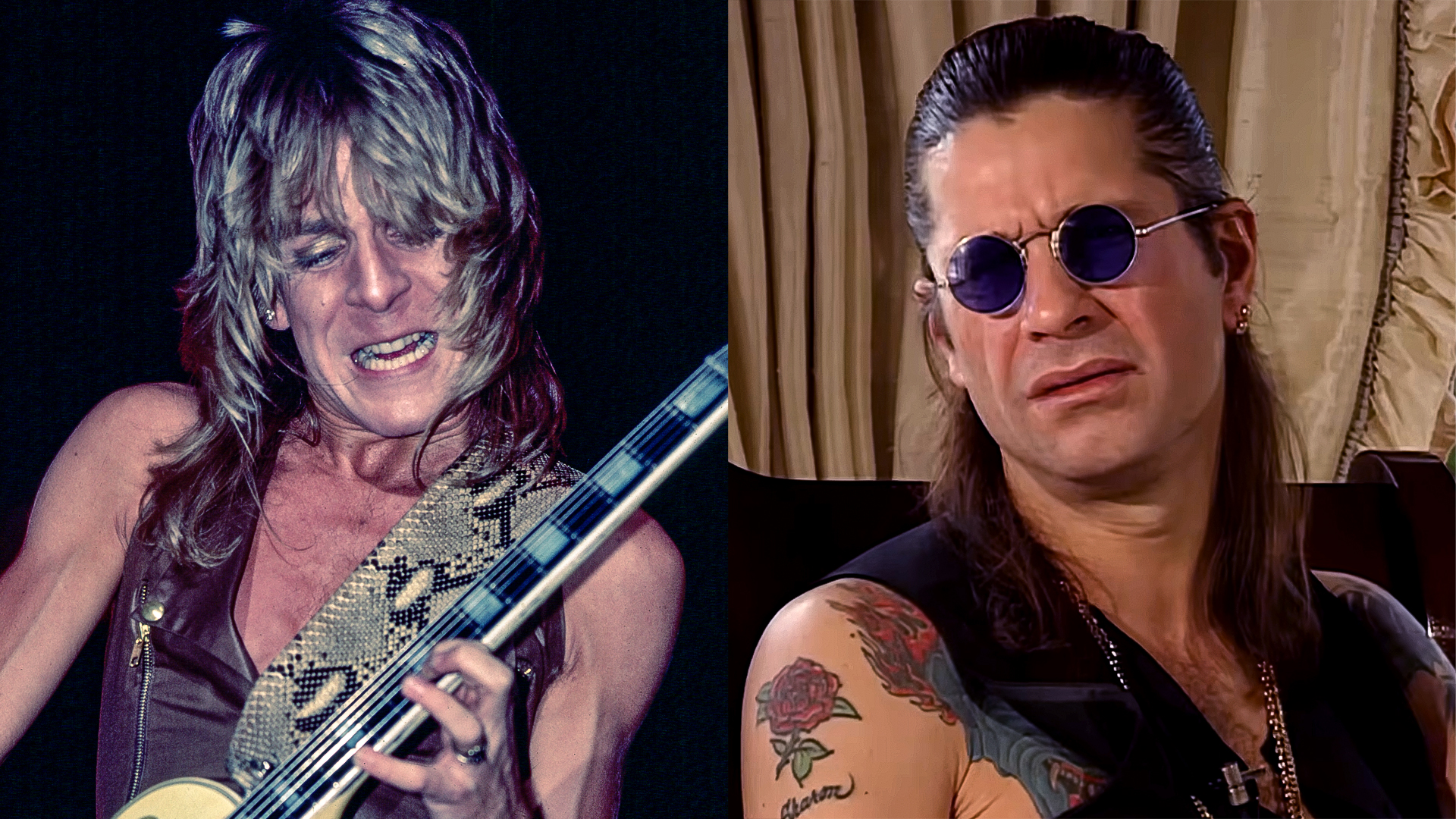Work Some Spanish Magic in This Acoustic Lesson on the Jeff Beck Classic “Beck’s Bolero”
Explore this acoustic take on one of rock’s most iconic instrumentals

Jeff Beck is the ultimate electric lead guitar hero, and Jimmy Page is rock’s ultimate acoustic-electric songsmith.
“Beck’s Bolero,” from the Jeff Beck Group’s 1968 release Truth, pits them side by side on one hell of a beautiful romp.
As Page has verified, he’s playing his 1965 Fender Electric XII 12-string, while Beck plays the melody on a Les Paul.
While it’s the perfect tune for a pair of guitarists, it’s possible to amalgamate a solo acoustic guitar arrangement, which is what we’ll approach here by addressing the main theme. Then you can go it alone, or with a buddy.
Master the Bolero Rhythm
The tune was inspired by Ravel’s Bolero, and nailing the rhythm on guitar is a challenge.
Listen carefully to Page’s lone rhythm track as it kicks off the cut. Although he’s playing a 12-string electric, its clean, chimey tone sounds very acoustic.
Grab yours and tap the rhythm on the top to internalize the feel. Don’t worry about chords yet. Mute the strings altogether with your fretting hand and focus on the rhythm.
All the latest guitar news, interviews, lessons, reviews, deals and more, direct to your inbox!
Listen carefully to Page’s lone rhythm track as it kicks off the cut
The two-bar figure goes: 1 trip-o-let 3 trip-o-let, 1 trip-o-let, trip-o-let, trip-o-let. The trick is in the consecutive downstrokes. While still muting the strings, scratch out the rhythm with a pick as if playing a washboard: Down, down-up-down down, down-up-down down, down-up-down down-up-down down-up-down.
Incorporating more upstrokes is possible but equally tricky, and downstrokes bring an inherent bravado to the gallop.
Three consecutive eighth-note triplets on the final three beats is the trickiest element by far, but no worries. If that’s an issue, simply do what the band does on the back half of the tune instead, using an elongated quarter-note triplet over the final two beats.
So the simplified version is: 1 trip-o-let 3 trip-o-let, 1 trip-o-let, trip-o-let.
Use all down strokes for all three hits of that elongated triplet to dramatic effect. That follows the melody anyway, which we’ll incorporate after the chords.
Learn the Main Chord Progression
“Beck’s Bolero” is in the key of A, and if you look it up online you might be overwhelmed by the slash chords, all with A in the bottom. That’s just because it’s a very guitar kind of progression over a droning open fifth string.
Play an A in the fifth position, with the fifth and first strings left open – essentially like an open F chord moved up to the fifth position and without the top. Now move it up a step and a half, to C, and then again a whole step, to D. Leave the open strings ringing the whole time.
‘Beck’s Bolero’ is in the key of A
Keeping with that concept, drop the fretting hand a half step and change to a barre on the first three strings at the ninth fret, with the third finger on the fourth string at the 11th fret and A string still ringing open (don’t play the first string). It’s a big A major seventh chord.
Drop the hand down another step and switch formations to a G/A in seventh position with the high E string ringing open again.
After repeating those two, end where it all began on A in the fifth position. It’s all right to close the top of the chord on the first string with an E at the fifth fret. That’s where the main melody starts.
Learn the Main Melody
The whole melody is right there on the top two strings. Actually, it’s possible to play all of it on the second string with a shift of the first A chord to the 10th position. Either way, running through it in sentence form would be a bit unwieldy.
It’s also a blast to connect with another player and divvy up the parts
Use your ear, common sense and a bit of Beck-ology to figure it out. It’s related to Beck’s work on the Yardbirds’ “Over Under Sideways Down” in that the single-string melodic movement is similar.
You just have to incorporate it into the top of the chords here, and use the simplified Bolero rhythm when you do.
Once you get going down the Bolero trail, the rhythm, melody and whole tune starts to come together on solo acoustic. It’s also a blast to connect with another player and divvy up the parts.
Rest peacefully, Jeff. Eternal gratitude for your endless inspiration.
Jimmy Leslie is the former editor of Gig magazine and has more than 20 years of experience writing stories and coordinating GP Presents events for Guitar Player including the past decade acting as Frets acoustic editor. He’s worked with myriad guitar greats spanning generations and styles including Carlos Santana, Jack White, Samantha Fish, Leo Kottke, Tommy Emmanuel, Kaki King and Julian Lage. Jimmy has a side hustle serving as soundtrack sensei at the cruising lifestyle publication Latitudes and Attitudes. See Leslie’s many Guitar Player- and Frets-related videos on his YouTube channel, dig his Allman Brothers tribute at allmondbrothers.com, and check out his acoustic/electric modern classic rock artistry at at spirithustler.com. Visit the hub of his many adventures at jimmyleslie.com
